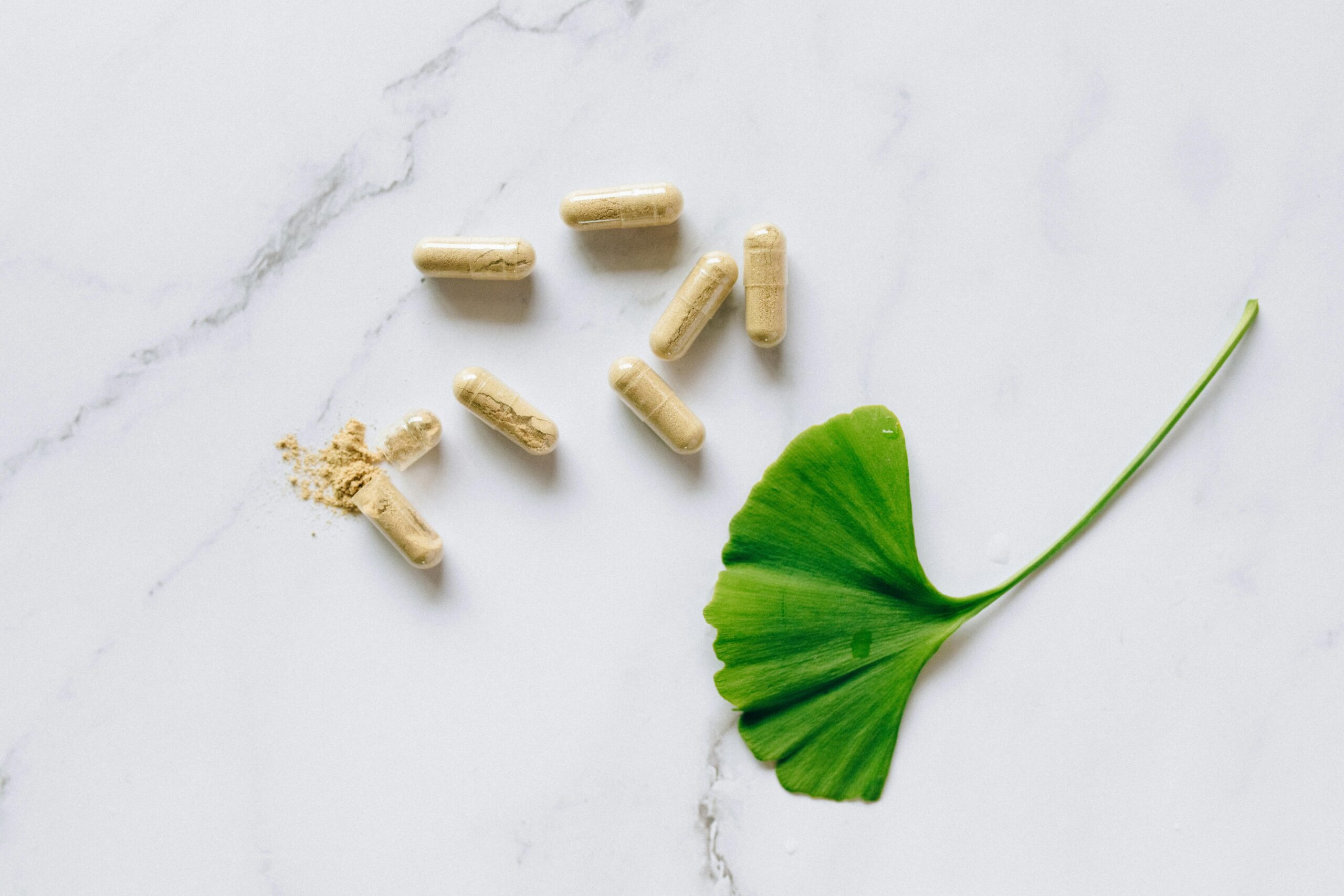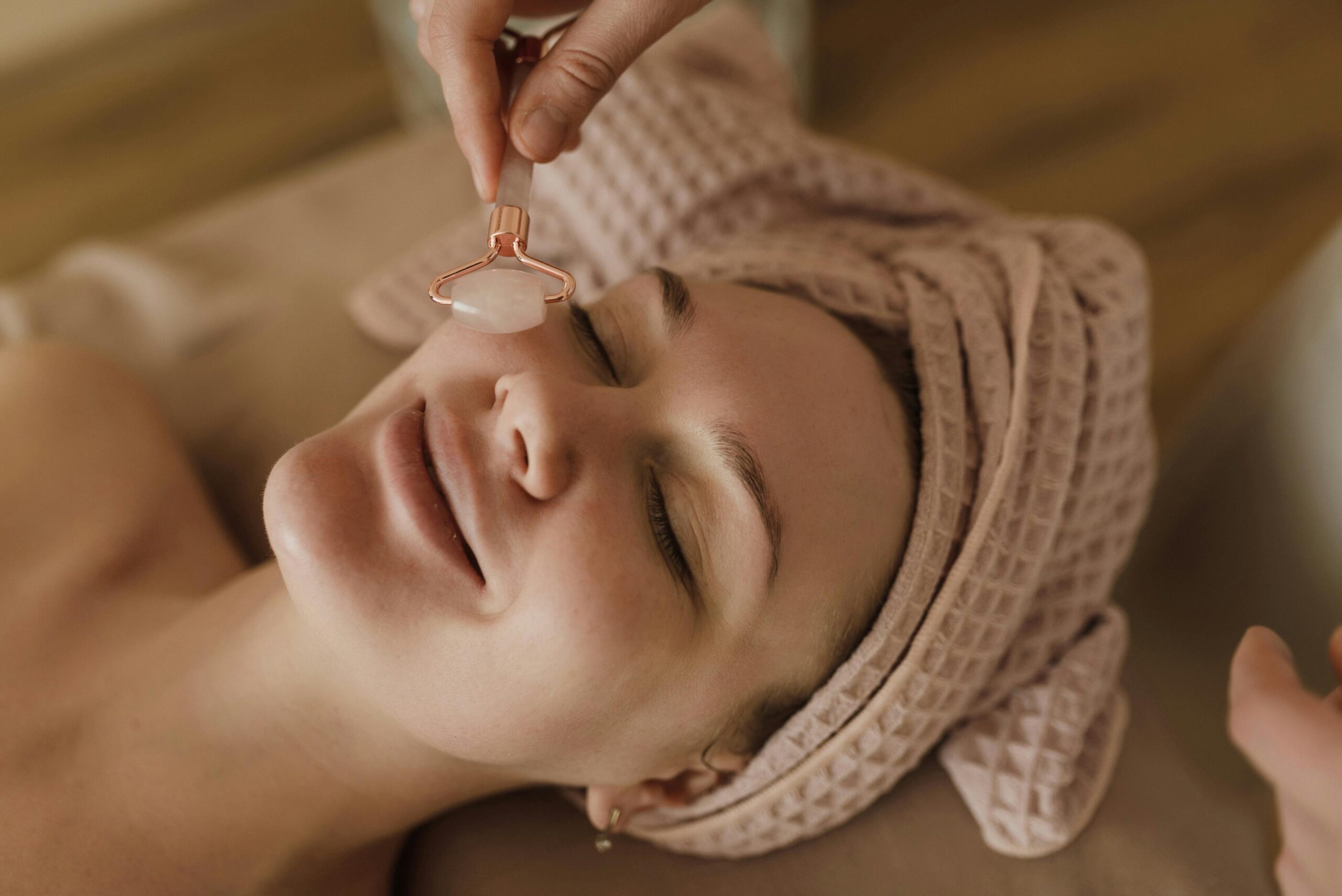
Nutrahara Blog
Nutrahara Blog
Enhance Bladder Health with Pelvic Floor Exercises and Natural Supplements
1. Introduction
Bladder health is an essential yet often overlooked aspect of a woman’s overall well-being. From maintaining urinary continence to avoiding infections, a healthy bladder contributes significantly to the quality of life. As women age, undergo childbirth, or experience hormonal changes, their pelvic floor muscles—the very foundation of bladder support—can weaken, leading to various bladder issues. Pelvic floor exercises, a simple yet powerful tool, offer a proactive approach to sustaining bladder health through all life stages.
Pelvic floor exercises, sometimes referred to as Kegels, have long been recommended for postpartum recovery. However, their benefits extend far beyond childbirth. Regularly engaging in these exercises can prevent or mitigate urinary incontinence ,support pelvic organ function, and enhance sexual health. Despite their efficacy, pelvic floor exercises are often underrepresented in mainstream health and wellness discussions. Many women remain unaware of their critical role in maintaining bladder health and the ease with which they can be integrated into daily routines.
The importance of bladder health cannot be overstated, particularly as it affects both physical comfort and emotional well-being. Urinary incontinence and other bladder issues can lead to embarrassment, anxiety, and a reduced quality of life. By embracing pelvic floor exercises, women can take control of their bladder health, fostering a sense of empowerment and confidence. This article will delve into the nuances of bladder health, the transformative power of pelvic floor exercises, and provide actionable steps and tips to incorporate these exercises into everyday life.
2. Understanding Bladder Health
Bladder health is a fundamental aspect of a woman’s overall well-being, affecting both physical comfort and emotional stability. A healthy bladder allows for the efficient storage and controlled release of urine. However, several factors can compromise bladder function, leading to a variety of issues that can significantly impact daily life.
2.1 What is Bladder Health?
Bladder health refers to the proper functioning of the bladder and the lower urinary tract. A healthy bladder can:
- Store urine without discomfort.
- Empty completely and without pain.
- Maintain control over when to release urine.
2.2 Common Bladder Issues in Women
Bladder issues are widespread among women, particularly as they age or undergo significant life events such as pregnancy, childbirth, and menopause. According to the Mayo Clinic, about 1 in 4 women over age 20 experience some form of pelvic floor disorder, which can include bladder-related problems.
Common bladder issues include:
- Urinary Incontinence: The involuntary leakage of urine, which can occur due to stress (e.g., coughing, sneezing) or urgency (a sudden, intense need to urinate).
- Overactive Bladder: A condition characterized by a sudden, uncontrollable urge to urinate, often accompanied by increased frequency of urination.
- Urinary Tract Infections (UTIs): Infections that occur in any part of the urinary system, often leading to pain, burning sensations during urination, and frequent urges to urinate.
- Pelvic Organ Prolapse: A condition where pelvic organs, including the bladder, drop from their normal position due to weakened pelvic floor muscles. This can create a sensation of pressure or bulging in the vaginal area.
- Bladder Pain Syndrome (Interstitial Cystitis): A chronic condition causing bladder pressure, bladder pain, and sometimes pelvic pain, which can range from mild discomfort to severe pain.
Factors Contributing to Bladder Health Issues
Several factors can contribute to bladder health problems, including:
- Aging: As women age, the risk of bladder issues increases due to weakening pelvic floor muscles and hormonal changes.
- Childbirth: Vaginal delivery can strain the pelvic floor muscles, leading to bladder control issues.
- Menopause: Decreased estrogen levels can affect bladder function and pelvic floor strength.
- Obesity: Excess weight can put additional pressure on the bladder, exacerbating bladder control issues.
- Chronic Conditions: Conditions such as diabetes and neurological disorders can affect bladder function.
Importance of Early Detection and Management
Early detection and management of bladder issues are crucial for maintaining quality of life. Regular check-ups, staying informed about potential symptoms, and seeking medical advice when necessary can help manage and mitigate bladder health problems. Pelvic floor exercises play a vital role in this management by strengthening the muscles that support the bladder and other pelvic organs.
In the following sections, we will explore how pelvic floor exercises can help maintain bladder health, the different types of exercises, and practical steps to incorporate them into daily routines.
3. The Importance of Pelvic Floor Exercises
Pelvic floor exercises are essential for maintaining bladder health and overall well-being. These exercises focus on strengthening the muscles that support the pelvic organs, including the bladder, uterus, and bowel. By incorporating pelvic floor exercises into daily routines, women can experience numerous physical and mental health benefits.
3.1 What are Pelvic Floor Exercises?
Pelvic floor exercises, often referred to as Kegels, involve a series of contractions and relaxations of the pelvic floor muscles. These muscles form a supportive hammock across the pelvis, playing a crucial role in bladder control and overall pelvic health. According to MedlinePlus, pelvic floor muscle training exercises are designed specifically to strengthen these vital muscles.
3.2 Benefits of Pelvic Floor Exercises
The benefits of regularly practicing pelvic floor exercises are extensive:
- Improved Bladder Control: Strengthening pelvic floor muscles can significantly reduce urinary incontinence and improve overall bladder function.
- Reduced Risk of Prolapse: Strong pelvic floor muscles can help prevent pelvic organ prolapse, a condition where organs descend due to weakened support structures.
- Enhanced Sexual Health: Strengthening the pelvic floor can lead to improved sexual satisfaction and response, as well as increased confidence during intimate moments.
- Support During Pregnancy and Postpartum Recovery: Engaging in pelvic floor exercises during and after pregnancy can help manage changes in bladder function and support recovery from childbirth.
- Better Bowel Control: A strong pelvic floor can also help with bowel control, reducing the risk of fecal incontinence and improving overall digestive health.
Importance for Different Life Stages
Pelvic floor exercises are beneficial for women at every life stage, including:
- Menstruating Women: Helps manage symptoms related to menstrual cycles and can alleviate period-related discomfort.
- Pregnant Women: Prepares the pelvic floor for childbirth and supports recovery afterward.
- Post-Menopausal Women: Addresses hormonal changes that can affect bladder and pelvic health.
4. Types of Pelvic Floor Exercises
Pelvic floor exercises come in various forms, each designed to strengthen the muscles that support the bladder and other pelvic organs. Understanding the different types of pelvic floor exercises can help women choose the most effective methods to incorporate into their routines.
4.1 Pelvic Floor Physio
Pelvic floor physiotherapy is a specialized form of physical therapy that focuses on the pelvic region. It often includes:
- Assessment: A thorough evaluation to determine muscle strength, flexibility, and coordination.
- Personalized Exercises: Tailored exercise programs based on individual needs and conditions.
- Education: Information on body mechanics, bladder health, and the importance of pelvic floor strength.
Pelvic floor physiotherapists can provide valuable guidance and support for women experiencing bladder issues or those seeking to strengthen their pelvic muscles.
4.2 Pelvic Floor Strengthening Exercises
Strengthening exercises specifically target the pelvic floor muscles. Common exercises include:
- Kegel Exercises: Contraction and relaxation of the pelvic floor muscles.
- How to do it: Squeeze the muscles as if trying to stop urination, hold for 5-10 seconds, and then relax. Repeat several times.
- Bridge Pose: This exercise not only strengthens the pelvic floor but also the glutes.
- How to do it: Lie on your back with knees bent, lift your hips toward the ceiling while squeezing your pelvic floor muscles, then lower back down.
- Squats: Strengthen the entire pelvic region.
- How to do it: Stand with feet shoulder-width apart and lower into a squat while keeping your pelvic muscles engaged.
4.3 Pelvic Floor Yoga
Pelvic floor yoga can be an effective way to engage the pelvic floor muscles while promoting relaxation and flexibility. Certain poses specifically target pelvic strength, including:
- Child’s Pose: Gently stretches and relaxes the pelvic region.
- Cobra Pose: Strengthens the lower back and pelvic area while encouraging deep breathing.
- Happy Baby Pose: Opens the hips and encourages pelvic floor awareness.
Choosing the Right Exercises
Selecting the appropriate pelvic floor exercises depends on individual needs and comfort levels. It may be beneficial to start with basic Kegels and gradually incorporate more complex movements as strength and confidence improve. Consulting with a healthcare provider or pelvic floor physiotherapist can also provide guidance on which exercises are best suited for specific conditions or life stages.
Incorporating a variety of pelvic floor exercises into a regular fitness routine can lead to enhanced pelvic health, improved bladder control, and a greater sense of overall well-being. In the next section, a step-by-step guide will outline how to effectively perform these exercises for optimal results.
5. How to Do Pelvic Floor Exercises
Performing pelvic floor exercises correctly is essential for maximizing their benefits. Below is a step-by-step guide on how to execute these exercises, along with tips for effectiveness and common mistakes to avoid.
5.1 Step-by-Step Guide
Kegel Exercises
- Identify the Right Muscles:
- To locate your pelvic floor muscles, try to stop urination midstream. The muscles you use are the ones you want to strengthen.
- Get Comfortable:
- You can perform Kegels while sitting, standing, or lying down. Choose a position that feels comfortable.
- Perform the Exercise:
- Contract: Tighten the pelvic floor muscles and hold for 5-10 seconds.
- Relax: Release the muscles completely for an equal duration.
- Repeat: Aim for 10-15 repetitions, three times a day.
Bridge Pose
- Start Position:
- Lie on your back with knees bent and feet flat on the floor, hip-width apart.
- Engage Pelvic Floor:
- As you lift your hips towards the ceiling, squeeze the pelvic floor muscles.
- Hold and Release:
- Hold for 5-10 seconds, then slowly lower your hips back to the floor. Repeat 10-15 times.
Squats
- Starting Position:
- Stand with feet shoulder-width apart, arms at your sides.
- Engage and Lower:
- As you lower into a squat, engage your pelvic floor muscles. Keep your back straight and knees behind your toes.
- Return to Stand:
- Push through your heels to return to standing, maintaining pelvic engagement. Repeat for 10-15 repetitions.
5.2 7 Tips for Effective Pelvic Floor Workouts
- Consistency is Key: Aim to perform exercises daily for best results.
- Breathe Normally: Avoid holding your breath; breathe freely while exercising.
- Focus on Quality Over Quantity: It’s better to do fewer repetitions with proper technique than many with poor form.
- Stay Relaxed: Ensure that your abdomen, buttocks, and thighs remain relaxed during contractions.
- Use Visualizations: Imagine lifting the pelvic floor muscles upwards and inwards for better engagement.
- Incorporate into Daily Life: Practice during routine activities, such as sitting at a desk or waiting in line.
- Track Progress: Keep a journal to note improvements in strength and control over time.
5.3 Common Mistakes to Avoid
- Holding Breath: Breathing should remain steady; breath-holding can create tension and reduce effectiveness.
- Using the Wrong Muscles: Focus solely on the pelvic floor; avoid tensing the stomach or buttocks.
- Inconsistent Practice: Regularity is crucial; sporadic practice will yield minimal results.
By following these steps and tips, women can effectively integrate pelvic floor exercises into their daily routines, enhancing bladder health and overall quality of life. The next section will explore specific supplements that can further support bladder health and pelvic floor strength.
6. Bladder Health Supplements
In addition to pelvic floor exercises, certain bladder health supplements can play a crucial role in supporting bladder health. These supplements can help improve bladder function, reduce the risk of infections, and enhance overall urinary tract health. Understanding the most effective supplements can empower women to take proactive steps toward maintaining bladder health.
6.1 Top Bladder Health Supplement
Several key bladder health supplements have been shown to benefit bladder health:
Cranberry Extract:
- Benefits: Rich in antioxidants, cranberry extract can help prevent urinary tract infections (UTIs) by preventing bacteria from adhering to the bladder wall.
- Forms: Available in capsules, juices, or concentrated tablets.
D-Mannose:
- Benefits: A type of sugar that can help prevent UTIs by blocking bacteria from sticking to the urinary tract lining.
- Forms: Typically found in powder or capsule form.
Probiotics:
- Benefits: Beneficial bacteria that support gut and urinary health. They can help maintain a balanced microbiome, reducing the risk of infections.
- Forms: Available as capsules, powders, or fermented foods.
Vitamin C:
- Benefits: An antioxidant that can acidify urine, making it less hospitable for bacteria and helping to prevent UTIs.
- Forms: Available in tablets, gummies, or powdered form.
6.2 Natural Remedies for Bladder Health
In addition to supplements, several natural remedies can support bladder health:
Hydration:
- Importance: Drinking plenty of water helps flush out the urinary tract and can reduce the risk of infections.
- Recommendation: Aim for at least 8-10 glasses of water daily, adjusting for activity levels and climate.
Herbal Remedies:
- Examples: Herbs like uva ursi (bearberry) and nettle leaf have traditionally been used to support urinary health.
- Caution: Consult a healthcare provider before starting any herbal remedies to avoid potential interactions.
Dietary Adjustments:
- Importance: A balanced diet rich in fruits, vegetables, and whole grains can support overall health and bladder function.
- Focus: Incorporate foods high in fiber to help maintain a healthy digestive system, which is linked to bladder health.
7. Real-Life Testimonials
Real-life experiences can offer valuable insights into the effectiveness of pelvic floor exercises and bladder health practices. Here are testimonials from women who have successfully integrated these methods into their lives, highlighting their journeys and results.
7.1 Success Stories
Emily, Age 34:
- Background: After having her second child, Emily experienced frequent urinary incontinence during workouts and everyday activities.
- Experience: After committing to daily Kegel exercises and consulting a pelvic floor physiotherapist, Emily noticed significant improvements within a few months.
- Outcome: “I can now jump, run, and play with my kids without worrying about leaks. It has transformed my confidence.”
Linda, Age 48:
- Background: Linda struggled with urgency and frequent UTIs, which disrupted her daily life and social activities.
- Experience: Incorporating D-mannose and cranberry extract into her diet, alongside pelvic floor strengthening exercises, helped her manage these issues.
- Outcome: “Since I started this regimen, my UTIs have decreased dramatically. I feel in control of my bladder health.”
Sarah, Age 55:
- Background: Post-menopause, Sarah faced pelvic organ prolapse, which made her feel uncomfortable and self-conscious.
- Experience: Working with a physiotherapist, she learned specific pelvic floor exercises tailored to her condition.
- Outcome: “Not only did the exercises help with my prolapse, but they also improved my intimacy and overall quality of life.”
7.2 Expert Opinions
Healthcare professionals often support these personal testimonials with their expertise:
Dr. Jane, Pelvic Floor Specialist:
- Insight: “Pelvic floor exercises are a game-changer for many women. They not only improve bladder control but also empower women to take charge of their health.”
Lisa, Nutritionist:
- Insight: “Combining pelvic floor exercises with proper supplementation can lead to remarkable results. Women often report increased confidence and reduced bladder issues when they commit to a holistic approach.”
8. Conclusion
Maintaining bladder health is a vital component of overall well-being for women at every stage of life. This article has explored the significance of bladder health, the transformative power of pelvic floor exercises, and the various supplements and natural remedies that can support this essential aspect of health. By understanding the importance of these elements, women can take proactive steps to enhance their quality of life.
Pelvic floor exercises serve as a powerful tool for strengthening the muscles that support the bladder, reducing the risk of incontinence, and improving overall pelvic health. Incorporating these exercises into daily routines, along with utilizing effective supplements like cranberry extract and D-mannose, can lead to significant improvements in bladder function and comfort.
Real-life testimonials from women who have successfully integrated these practices highlight the positive impact of a holistic approach to bladder health. Their experiences serve as an encouraging reminder of the benefits that come from commitment and consistency.
By prioritizing pelvic floor health and making informed lifestyle choices, women can empower themselves to maintain bladder health and achieve greater confidence and well-being. Embracing these practices is a step toward a healthier, more fulfilling life, fostering not just physical health but also emotional resilience and self-esteem.
Written by the Nutrahara Team
This article was prepared by the expert team at Nutrahara, which includes experienced nutrition scientists and naturopaths dedicated to advancing women’s health through natural wellness solutions. We combine scientific research with holistic practices to help you live your healthiest life. Connect with us on LinkedIn to stay updated on the latest in women’s health and wellness.







